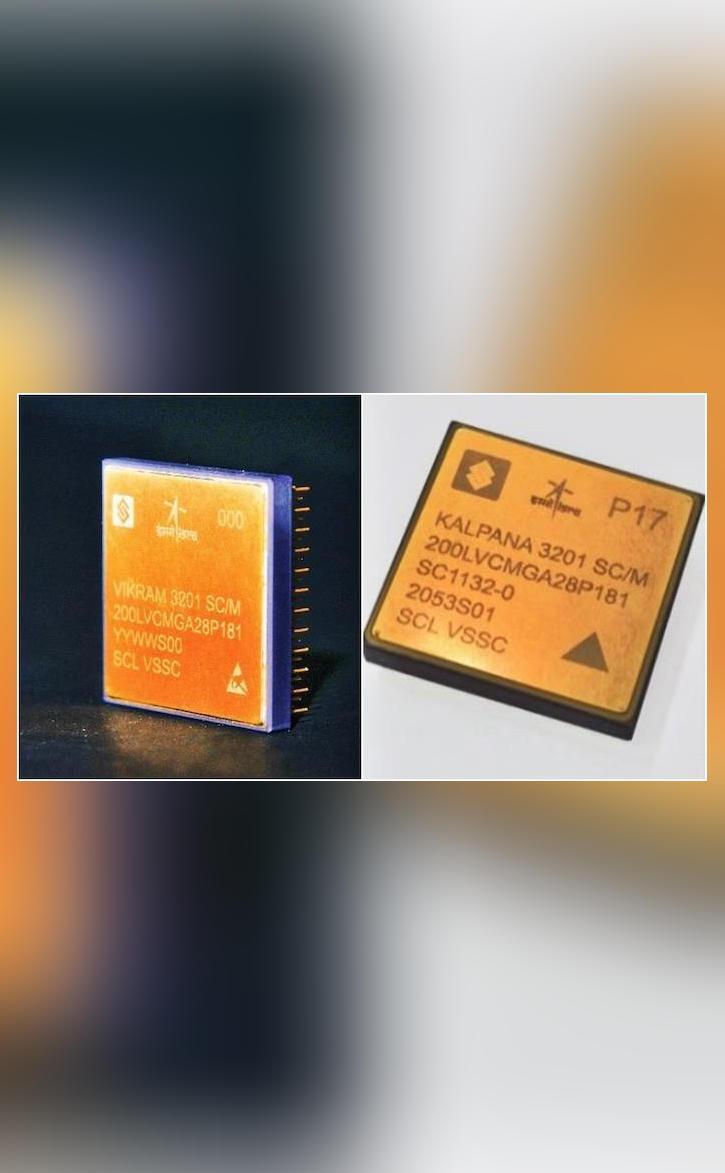
ISRO & SCL Develop 32-bit Microprocessors for Space Applications
The Indian Space Research Organisation (ISRO) and the Semiconductor Laboratory in Chandigarh have made a significant breakthrough in the field of space technology by developing two 32-bit microprocessors, VIKRAM3201 and KALPANA3201. These microprocessors have been specifically designed for space applications and have the potential to revolutionize the way space missions are conducted in the future.
The development of these microprocessors is a major milestone for ISRO and SCL, as it marks the first time that India has developed a 32-bit microprocessor that is qualified for use in the harsh environmental conditions of launch vehicles. VIKRAM3201 is the first fully “Make-in-India” 32-bit microprocessor that has achieved this feat, making it a significant achievement for the country’s space program.
The microprocessors have been designed to withstand the extreme temperatures, vibrations, and radiation levels that are encountered during space missions. They are also capable of operating in the presence of high levels of electromagnetic interference, making them ideal for use in launch vehicles and other space-related applications.
The development of these microprocessors is a result of a collaborative effort between ISRO and SCL. The two organizations have worked together to design and develop the microprocessors, with ISRO providing the expertise and resources needed to ensure that the devices meet the rigorous standards required for space applications.
The VIKRAM3201 microprocessor is a 32-bit device that operates at a clock speed of 32 MHz. It has a power consumption of 1.2 watts and is designed to operate in a temperature range of -20°C to +70°C. The microprocessor has 1 MB of on-chip memory and is compatible with a range of interfaces, including USB, SPI, and I2C.
The KALPANA3201 microprocessor is also a 32-bit device that operates at a clock speed of 32 MHz. It has a power consumption of 1.5 watts and is designed to operate in a temperature range of -20°C to +85°C. The microprocessor has 2 MB of on-chip memory and is compatible with a range of interfaces, including USB, SPI, and I2C.
The development of these microprocessors has significant implications for India’s space program. It allows ISRO to reduce its dependence on foreign microprocessors and to develop indigenous solutions for its space-related applications. This is a major step forward for the country’s space program, as it enables ISRO to develop more complex and sophisticated space missions.
The use of these microprocessors also has the potential to reduce the cost of space missions. By developing indigenous microprocessors, ISRO can reduce its dependence on foreign suppliers and avoid the high costs associated with importing foreign technology.
In addition to their use in launch vehicles, these microprocessors can also be used in a range of other space-related applications, including satellite payloads, space stations, and planetary exploration missions. They are also suitable for use in other applications that require high-reliability, low-power consumption, and high-performance processing, such as aerospace, defense, and industrial automation.
The development of these microprocessors is a testament to the expertise and capabilities of ISRO and SCL. It demonstrates the ability of Indian scientists and engineers to design and develop complex electronic systems that can withstand the harsh conditions of space.
In conclusion, the development of VIKRAM3201 and KALPANA3201 microprocessors by ISRO and SCL is a significant achievement for India’s space program. These microprocessors have the potential to revolutionize the way space missions are conducted in the future and demonstrate the capabilities of Indian scientists and engineers to design and develop complex electronic systems.






